Ancient China held one of the top spots in the world when it comes to advancements made, and it held the leading positions in several fields, including studying the nature of the world. So, which are some of the things that contributed to Chinese civilizations and immense success.
What Are Considered The Four Great Inventions Of The Ancient Chinese Civilization?
Papermaking
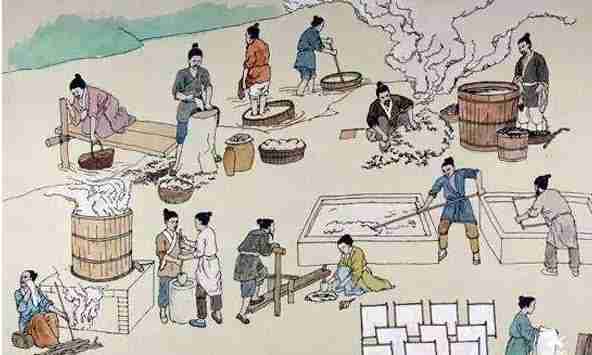
Papermaking, specifically, the invention of high-quality writing paper, dates back to 105AC, and the invention of the paper had a large effect on human history. This paper was fashioned out of tree paperbark, linen rags, hemp, and also scrap from fishing nets mixed with lye to break down the fiber into finer fibers. This information is all detailed in The History of Science and Technology in the Qin and Han Dynasty, a book by Li Shi.
While paper existed in China from before 105AC, a eunuch called Cai Lun is believed to have been behind the invention of and the widespread adoption of paper. According to history, Cai Lun was behind some of the greatest advancements in paper-making technologies. Paper-making technology spread from Ancient China to Central Asia and eventually to the rest of the world thanks to the Silk Road.
It’s interesting to note that the earliest scrap of paper still exists, with the crude materials for paper made from hemp fiber – this was discovered in 1957 in a tomb in China. The paper was then tested and found to date back to between 140BC and 87BC.
Movable Type Printing (960-1279AD)
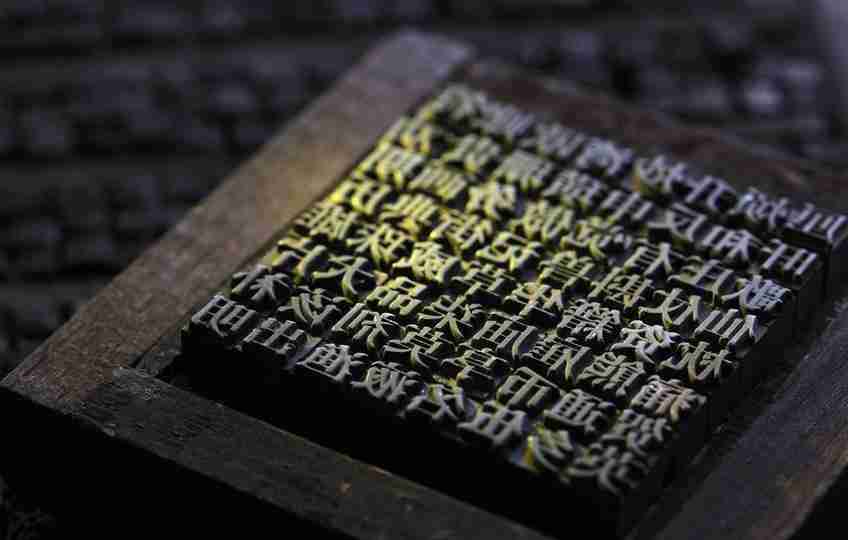
Printing is also the big invention that led to the success of Chinese civilization. Its invention dates back to between 960 and 1279AD, and it came after woodblock printing which was already popular and widely used by the Tang Dynasty. The movable-type printing was the perfect replacement for woodblock printing which was not just expensive but also time-consuming. So, the invention of movable-type printing saved time and made printing easier.
The first of the printer featured individual characters carved onto pieces of clay that were then hardened using fire. Later, the movable pieces would be glued to the iron plate to allow for easy printing of pages then the pieces would be broken up and redistributed for the printing of the next pages. This printing tech would then spread rapidly across Europe, where it led up to the Renaissance, then spread to the rest of the world.
Gunpowder 1000 A.D
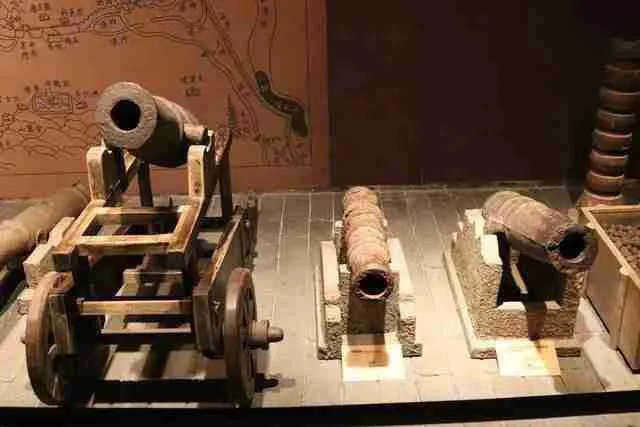
This is the other Chinese invention that forms an important part of the Chinese civilizations. Gunpowder’s invention was 1000AD by the Chinese Taoist Alchemist, who was trying to find the right portion for gaining human immortality through a mix of materials like the elemental sulfur, saltpeter, and charcoal.
From China, gunpowder and its use spread to Europe, especially during the reign of the Mongol Expansion between 1200 and 1300AD. The most interesting thing about this, however, is the fact that the Chinese would then use the discovery for firecrackers. The Europeans, on the other hand, used gunpowder for cannons as well as guns. Gunpowder also dominated China in the mid-1800s.
Compass
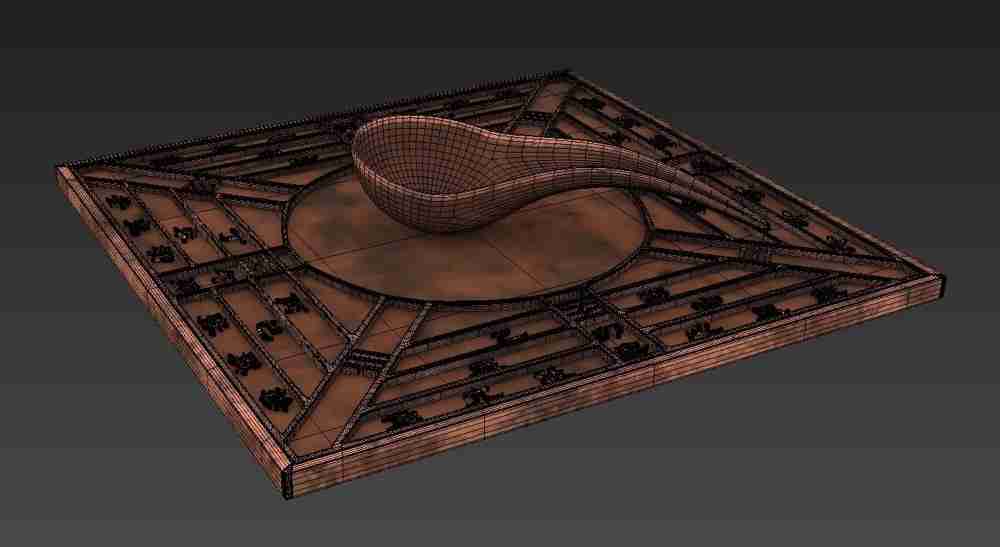
The compass was invented in 1100AD, and its invention is one of the biggest inventions made by Ancient Chinese. The compass, a navigational instrument that shows/ points to directions, was invented between the 2nd Century BC and the 1st Century AD.
The compass was used first in Feng Shui in Ancient Chinese, where it was used to guide in creating the perfect layout for buildings. And by 1000AD, navigational compasses were used in Chinese ships for navigation. It’s believed that the compass was introduced to the west by Arab traders who might have learned about the compass from China.
Major Contributions of Chinese Civilization
So, which are the other main contributions of Chinese civilization?
The Suspension Bridge
Robert Temple’s account of the highly-regarded history of Chinese inventions named The Genius of China notes that China had its first suspension bridge during the reign of the Han Dynasty. The suspension bridge or the flat roadway that is suspended from cables is believed to have evolved from the simple rope bridges made to span the length of small gorges. By 90AD, however, Han Dynasty’s engineers built more sophisticated structures from durable wooden planks.
The Wheelbarrow
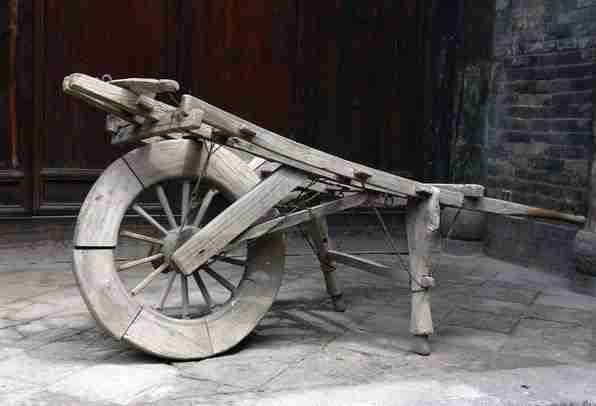
The wheelbarrow might not seem like a big invention in the world we live in today, but it was one of the most significant inventions in Ancient China that contributed to Chinese civilization. The Chinese wheelbarrow was designed to accommodate a much bigger wheel which meant a reduction in its rolling resistance, and the wheel was placed under the load directly, reducing the weight of the wheelbarrow and the load under your arms. It’s believed that the wheelbarrow was invented as early as 100BC.
Deep Drilling
Deep drilling was invented by salt miners from the Han Dynasty, dating back to the 1st Century BC. Deep drilling was used to build the derricks. The drill bits used were made of cast iron, and these were then used to dig holes that were as deep as 4,800ft in the earth’s crust in search of brine that would then be extracted from the ground using tubes. The deep drilling technique that the Chinese developed was considered the forerunner to the modern technologies used in oil and in gas explorations.
Seismographs
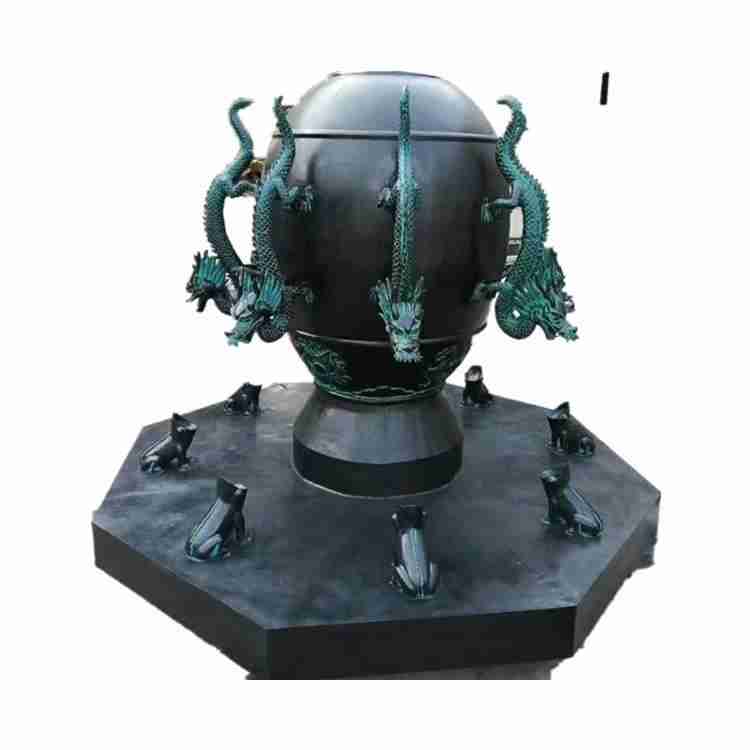
The first seismograph was invented by the Chinese astronomer, seismologist, and mathematician known as Zhang Heng between 78AD and 139AD. He described the very first seismoscope in 132AD, and it featured the arrival shock waves from the earthquakes displaced using a pendulum that was linked to a mechanism through which the jaws of the dragon would open up, facing the earthquake’s direction. The ball incorporated would then fall from the teeth of the dragon to the toad’s mouth below, recording the seismic event.
Zhang Heng is also known to have explored other fields ranging from clock-making to astronomy. But his invention of the seismograph is his best-known invention, and despite its simple design, it was quite effective.
The Adjustable Wrench
The Temple, from the 1st Century BC, also invented the adjustable wrench, which used a tool that worked in the same way as the tools used by tinkerers and plumbers, but it also featured a sliding caliper gauge that allowed for the adjustment of the pieces. The older wrenches from Ancient Chinese times were used for measuring, though, rather than loosening/ tightening the lug nuts or even pipes.
Acupuncture
There is also archaeological evidence pointing to the practice of acupuncture being practiced in Ancient China in the Paleolithic period. The needles for acupuncture used then were made of different materials like bamboo, stone knives, and even bone needles, all intended for use as healing instruments.
Since the Huang Di period ruled by the Yellow Emperor between 2697 and 2597BC, acupuncture has been revolutionized. One of the earliest books from 305BC to 204BC was written by Nei Jing, and it covers not just acupuncture but a whole array of Chinese medicinal arts.
Other great contributors of Chinese civilizations include:
- The Great Wall – built during Ming Dynasty’s reign and opened up China to the rest of the world.
- The Silk Road – this was the most important trading route that linked Asia with the Mediterranean.
- Steel and Iron Smelting – Ancient China’s Iron Age was started during Zhou Dynasty’s time between 1050 and 256BC.